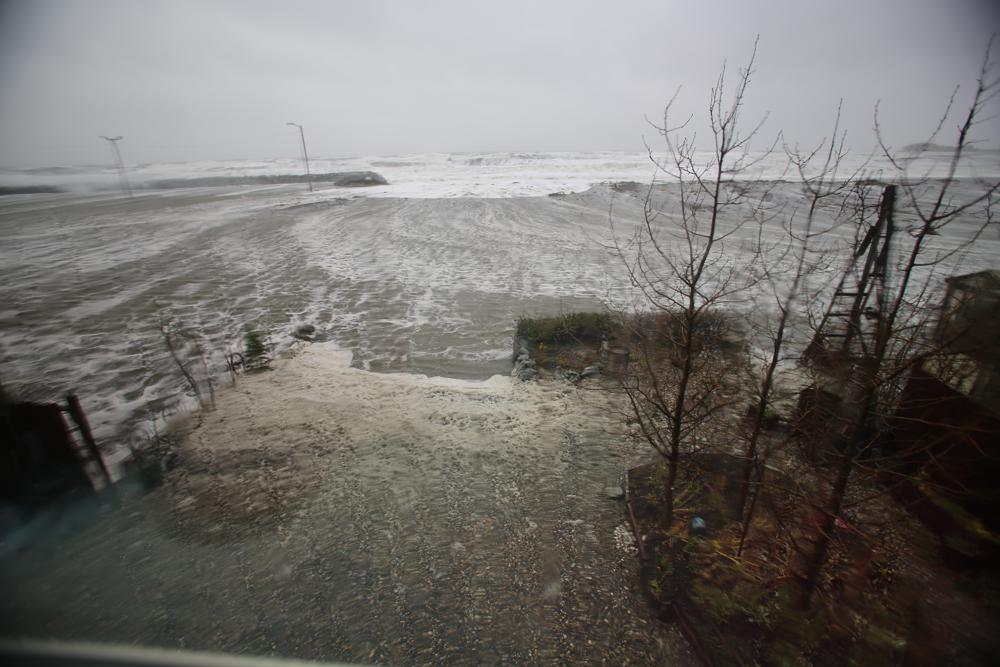

Floodwaters were receding in parts of western Alaska battered by the worst storm in a half-century, leaving behind debris flung by powerful Bering Sea waves into beaches and seaside communities.
The remnants of Typhoon Merbok were weakening Sunday as the storm system moved north from the Bering Strait into the Chukchi Sea on Alaska’s northwest coast, where it still threatens smaller communities, said National Weather Service meteorologist Kaitlyn Lardeo.
“This guy is going to hang out in the Chukchi Sea for the next few days and just rapidly weaken because it’s so stationary,” she said.
Several communities reported homes were knocked off their foundations by the force of the incoming water, often propelled by winds gusting near 70 miles per hour (113 kilometers per hour). One house in Nome floated down a river until it got caught under a bridge.
Many homes were flooded and about 450 residents on the western coast sought refuge in shelters, with more than half of them at a school in Hooper Bay, where they ate processed moose donated by village residents. Others rode out the storm on higher ground outside their communities.
It was a massive storm system — big enough to cover the mainland U.S. from the Pacific Ocean to Nebraska and from Canada to Texas. It influenced weather systems as far away as California, where a rare late-summer storm dropped rain on the northern part of the state, offering a measure of relief to wildfire crews but also complicating fire suppression efforts because of mud and loosened earth.